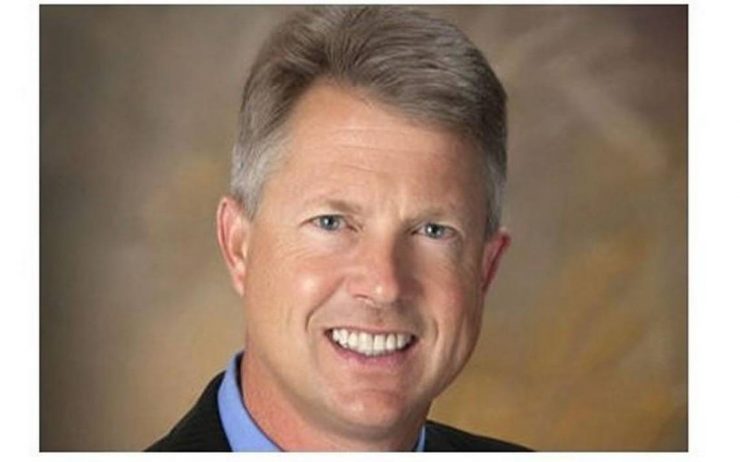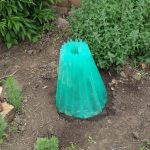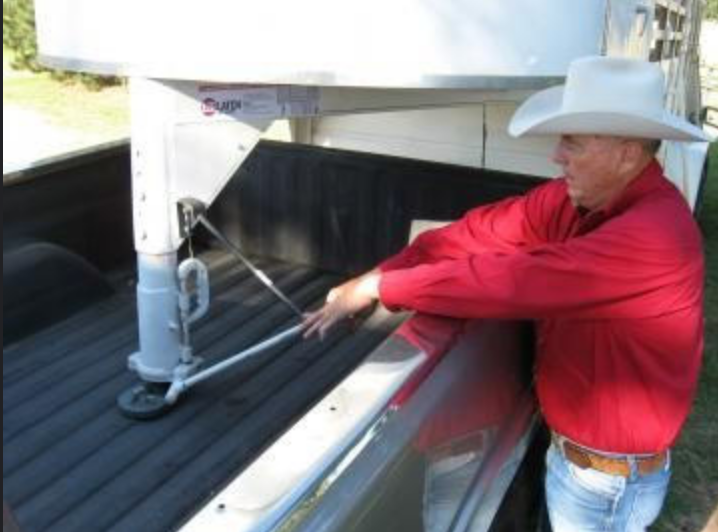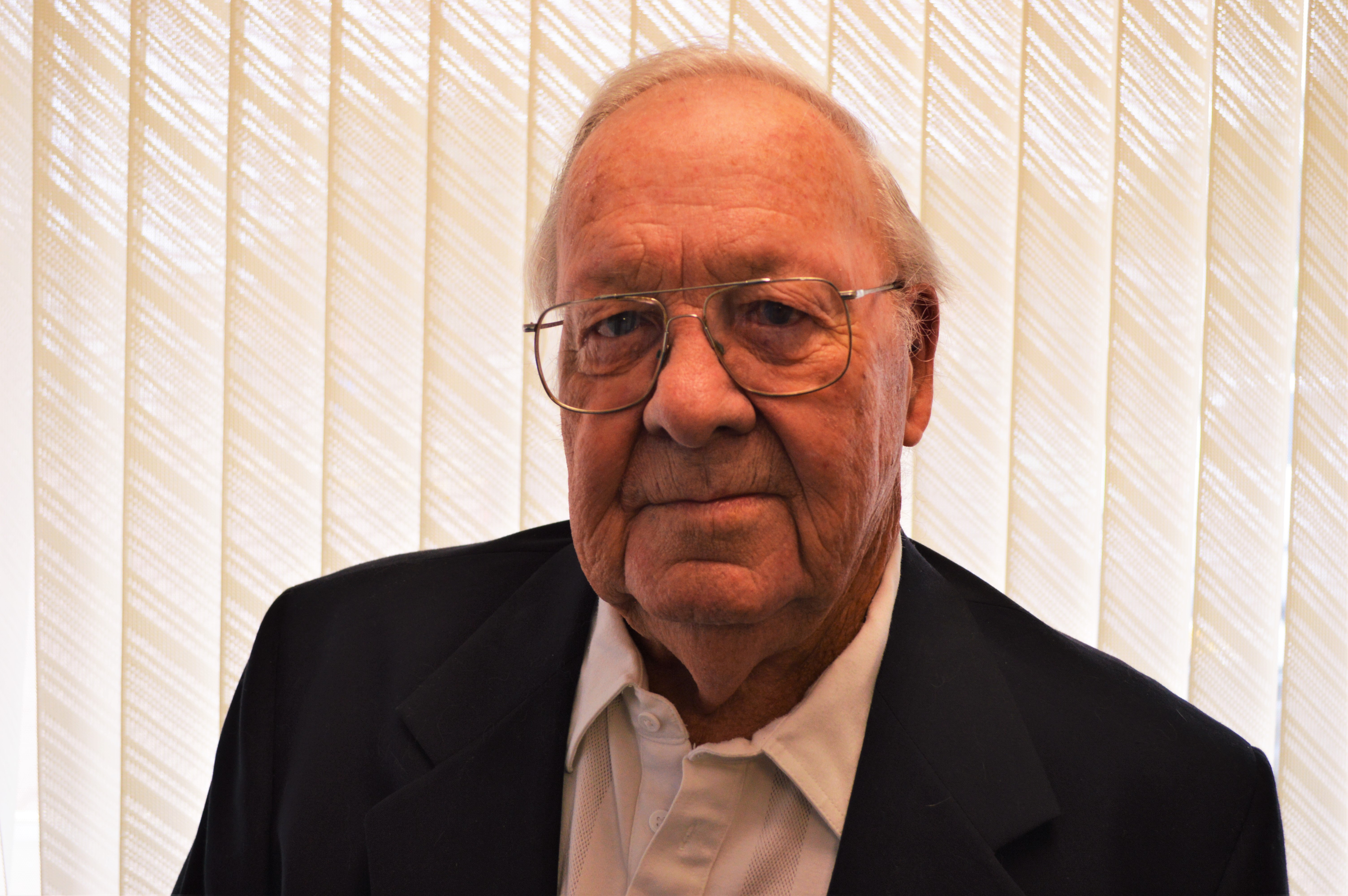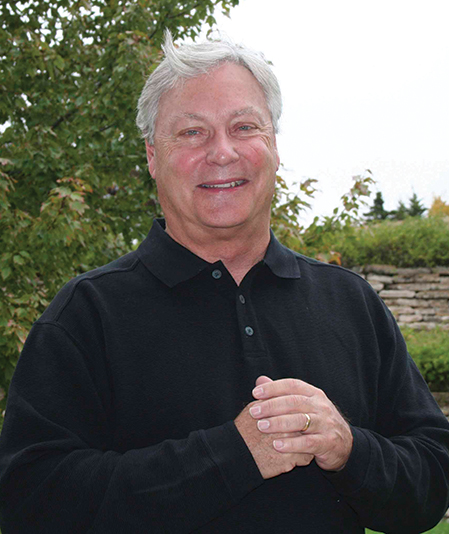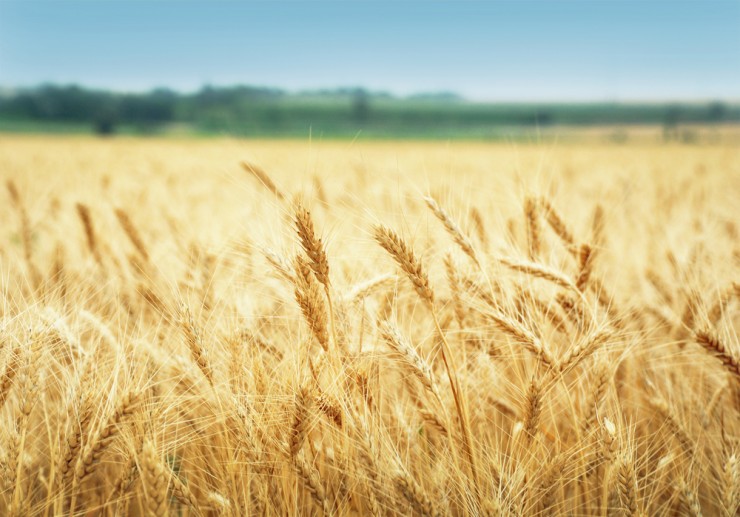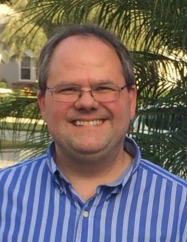
Friend,
We’ve had a busy week back at the Capitol. Before we recap some of what we’ve been up to this week, I wanted to make sure you’ve seen that I will be embarking on another listening tour in May ! This will make 25 listening tour stops this year, not including some of the other public events we’ve done around the district.
As always, please never hesitate to contact my office for any questions, comments, concerns or ways we can be helpful to you.
May Listening Tour schedule
Salina
Tuesday, May 9, 7:30 am – Salina Chamber of Commerce Annex, 120 W. Ash
Belleville
Tuesday, May 9, 5:30 p.m. – Belleville City Hall, council meeting room, 1819 L St.
Washington
Wednesday, May 10, 8 a.m. – Washington County Hospital, 304 E. 3rd St.
Marysville
Wednesday, May 10, 12 p.m. – Landoll Lanes, 2005 Center St.
Wamego
Wednesday, May 10, 5:30 p.m. – Iron Clad, 427 Lincoln Ave.
LaCrosse
Saturday, May 13, 9 a.m. – Kansas Barbed Wire Museum, Conference Center, 120 1st St.
In the House

Western Kansas Chambers of Commerce
The Western Kansas Chambers of Commerce visited Washington this week to discuss a wide range of federal issues that impact their communities. Dodge City (shown right), Liberal, Great Bend and Garden City were all in attendance. It was great to see many familiar faces, and meet some new friends in this group of impressive community leaders from around our district!

Eisenhower Leadership Series
Some of the women of The Dwight D. Eisenhower Excellence in Public Service Series stopped by my office this week (shown left). For those that don’t know, each year this Series sponsors one class of outstanding Republican women from across Kansas, including some from the Big 1st!
Building Cuban Relations
On Thursday, I hosted José Ramón Cabañas, Ambassador of the Republic of Cuba

to the United States in my office. We discussed the mutual benefits of opening up trade between our two nations. Additionally, we discussed the potential in bringing Cuban doctors and nurses to areas like rural Kansas, where there is a shortage of medical professionals. The opportunities between our two nations are untapped and represent a potential win-win situation. I am excited to continue these conversations with my colleagues in the House, as well as folks in Cuban leadership.
Washington D.C. Office
312 Cannon HOB
Washington, D.C. 20515
Tel: (202)225-2715
Salina Office
200 E Iron Ave
Salina, KS 67401
Tel: (785)829-9000
Garden City Office
816 Campus Dr., Suite 500
Garden City, KS 67846
Tel: (785)829-9000
